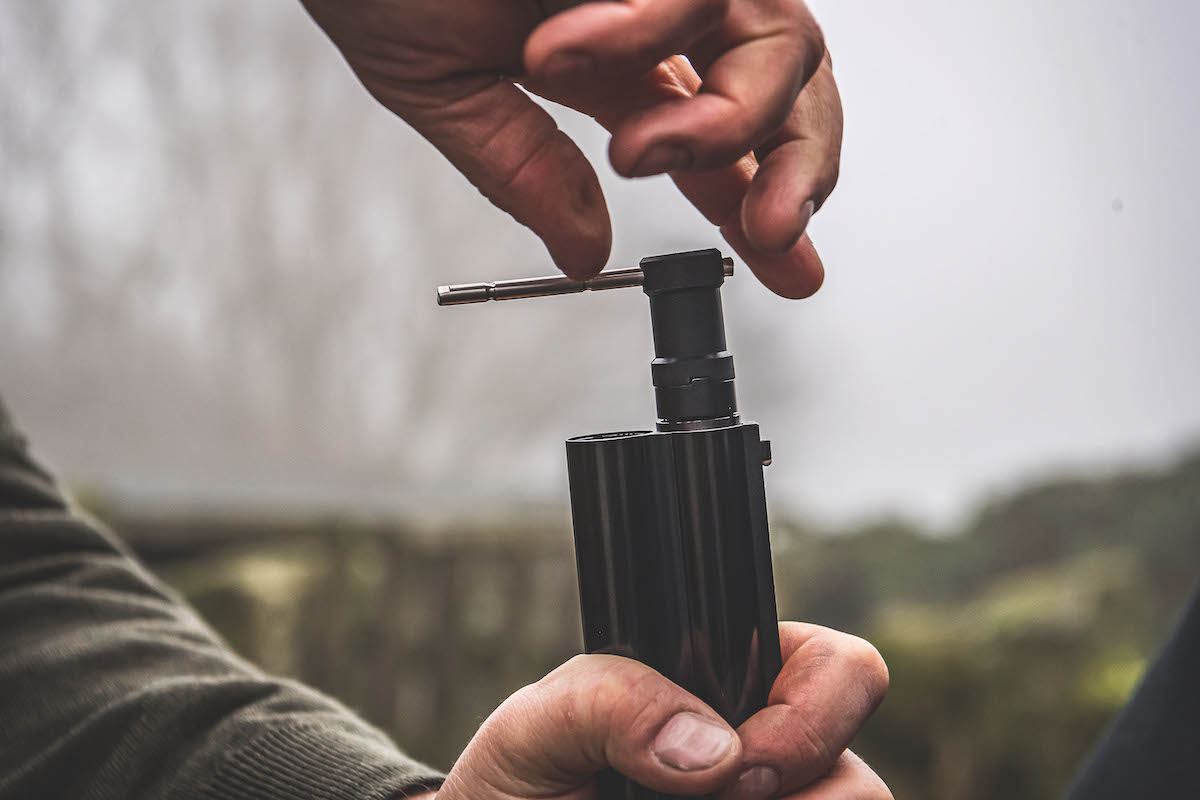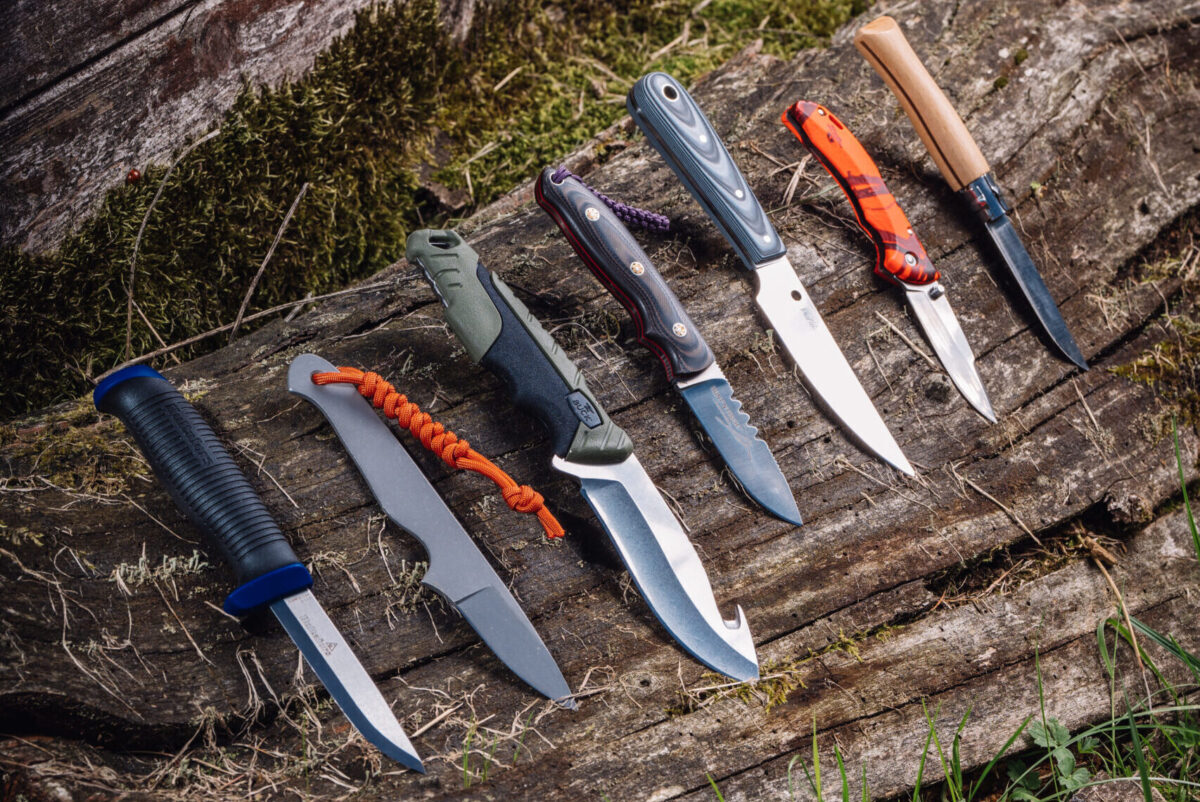Don’t get choked up about changing chokes
Whether you’re a regular choke-changer or stick with what you know, the quarry should always be your priority, writes Simon Reinhold

There is an increased risk of damaging the barrel if changing chokes regularly, so care is needed
Choke isn’t what it used to be. While the measurement of it has stayed the same, much has changed since 1931, when Major Sir Gerald Burrard wrote The Modern Shotgun and laid down the law with evidence of how to get the best out of a shotgun and shot charge. Since Burrard died in 1965, new wad materials, new powders and a host of other developments have all affected how a cartridge performs in any given barrel and choke. Apart from anything else, Burrard never had to consider anything other than lead as the projectile. The rulebook has arguably been torn up. The introduction of multichokes in the 1970s took the question of chokeaway from professionals in the trade and put it in the hands of the public, when changing chokes became more of an issue.
People generally fall into two camps when it comes to choke — the neurotic and the apathetic. The neurotic like to have control over any given situation, while the apathetic are prepared to forego control over the situation and prefer to opt for control over themselves or, more particularly, their reactions. Both approaches are equally valid because most sportsmen and women want to give themselves the best chance of cleanly killing whatever quarry they are shooting at. (Read what you need to know about choke.)

People fall into two camps when it comes to choke – the neurotic and the apathetic
Changing chokes
After reading about the two camps, the apathetic among us may well beprone to some feelings of superiority over the neurotic ones, but this would be a mistake. For many who never change their chokes, it is more out of a need to reduce the variables in the equation of good shooting. Those, like myself, try to exorcise demons of selfdoubt by using the same equipment that has worked in the past.
The theory is, if it isn’t working now, then the choke change isn’t the problem. As a result of not changing your choke, you are one step closer to addressing the crisis of a middrive disaster. The usual cause of the problem is gun mount, footwork or confidence — or all three.
Neurotic choke-changers are more often found on the clay shootingcircuit. Target-setters can put on a bolting rabbit that zips in front of you at no more than 10 yards, followed on the next stand by a long, fastcrossing midi that starts at 45 yards before being caught by the wind and pushed even further. This they may do deliberately to unsettle those who prefer one choke for everything. There is no room for error on that rabbit at 10 yards with a ½ choke that is often favoured as a good all-rounder.
However, there is a middle ground — those who carefully consider the differing quarry and adapt accordingly. I would suggest this is where we all should be.
If you receive a rare invitation to one of the deep valleys in the more mountainous parts of the country, then the 25in 20-bore that you enjoy a walk round on the farm with probably isn’t going to be the most effective choice. It is a specialist pursuit requiring larger loads, bigger pellets and a bit of choke. (Read more on the best cartridges for shooting high birds.)
It is quite surprising that many professionals in the gun trade opt for one choke in particular as their favourite all-rounder. We do not have conference calls about these things, so the fact that many of us arrive at the same answer from different sources leads me to believe that there may be something in it.

Shots of yesteryear didn’t have to deal with multichokes; the decision was up to the professionals
Preference
My own preference for a particular choke began at the very start of my shooting career. As a teenager I was given an old Bayard 16-bore boxlock non-ejector. With it I shot almost all of my firsts, including my first 100 bag of pigeons (after several years of trying).
The choke barrel of this gun is what the old keepers would have called “a good killing barrel”, and only later, when I began working in the gun trade, did I learn how to measure it accurately — it is 25 thou of choke. For those who don’t have access to a bore gauge, 25 thou of choke is midway between ½ and ¾ , or ⅝ choke (different parts of the trade refer to this differently, so I list all possibilities here).
With ⅝ choke both in 12-bore and 16-bore, I feel confident that I can kill most things cleanly as long as I fulfil my side of the bargain by swinging the gun properly. But there are times, particularly with smaller quarry species, where I find it is, quite literally, overkill.
For woodcock and snipe I prefer a different route. Slapping a woodcock hard with No 6 shot through a tight ½ choke is liable to ruin the meat — that is not what we are about. We must keep in mind that it is not all down to choke — shot size has an effect too. I prefer a much more open chokefor the smaller quarry species and No 7 or even a good clay load in No 7.5 for woodcock and No 8 for snipe. With that comes a decent killing pattern without blowing the bird up by having too tight a pattern.

When shooting smaller species such as snipe, a more open choke may be preferential – though shot size is important too
These birds, whether walked-up or driven, tend not to be at great distance. And with their speed and agility, throwing a pattern as big as a house from true cylinder or improved cylinder (five thou of choke) is an asset. I have noticed over the years that standard game loads, especially continental No 6, which actually measures an English No 5.5, can wound smaller birds; too many broken wings a little too often.
With steel shot there are safety considerations and we must remember that many of us are still learning what is most effective for different quarry in different circumstances. Most people are now aware that the general rule of thumb is not to go tighter than ½ choke (20 thou) when using steel. It is a little more nuanced than that, and shot size does have an impact on this advice.
There is an increased risk for compulsive changers of choke of damaging the barrel around a multichoke if it is not seated home properly when it is changed. If this is combined with too tight a choke for steel, then the high-pressure gases leaking into the threads may bulge this inherently weaker area of the barrel and ruin the gun. Do also remember that multichokes can work loose through use. Regularly checking that they are tight in the muzzle is a good habit to get into. Some sporting gentlemen from the past century had their guns choked specifically for driven grouse. Their right barrel (it was almost always a side-by-side) was more tightly choked (typically ½ choke) than their left. These gentlemen of leisure devoted a great deal of their time to discussing their pastime and you can understand their logic. With a pack of driven grouse hurtling downwind at your butt you must engage your first bird at 60 yards to have any chance of making the most out of the covey with a right-and-left. For that, you want a more heavily choked barrel to be your first shot. It is counter-intuitive under the pressure of time to try to shoot back trigger first — few can manage it.
Choice
Of course, using multichokes is not the only way you can adapt to different needs. I shoot different guns for different days, some very open choked, some tighter, some built before choke was even invented. Using different vintage guns on different days is part of the pleasure I get out of shooting. Some would argue that it is one of the worst things you can do for consistent shooting, and for beginners they are probably right. But I enjoy having the choice. One thing I don’t do, though, is take a back-up gun in case I feel I am not shooting well with my chosen companion for the day. Making a decision and then getting on with it removes the crippling element of doubt.
There are circumstances when changing one’s approach is necessary to wound fewer birds and therefore be the most humane hunters we can be. But make a decision for the day and stick to it. Even if it’s not quite right, you will be wiser next time you go. Decisions made with the priority in mind of an edible bird killed well are always good ones.
Chokes to consider
Teague Precision Chokes
Established in 1980, Teague Precision Chokes drew inspiration from Nigel Teague’s experience as a lifelong sportsman and engineer with Rolls- Royce. The company has fitted over 27,000 guns and is synonymous with the highest standards of design.
Rhino Shooting Sports
Specialising in ported chokes, Rhino is renowned for some of the most advanced tubes on the market. Used by top shots including George Digweed, Rhino can provide chokes for any gun with a screw-in system — as well as bespoke chokes on request.
Müller Chokes
Müller Chokes offers consistent patterning from choke to choke and less deviation shot to shot. Boss Jimmy Muller goes as far as to say that his chokes provide 60% less deviation than any other brand.
Mandel Chokes
Mandel Chokes is a leading UK supplier of aftermarket shotgun chokes, designed and precision-manufactured for the very best brands. But rather than adding a premium for an expensive brand name, Mandel aims to provide quality chokes at an affordable price.







